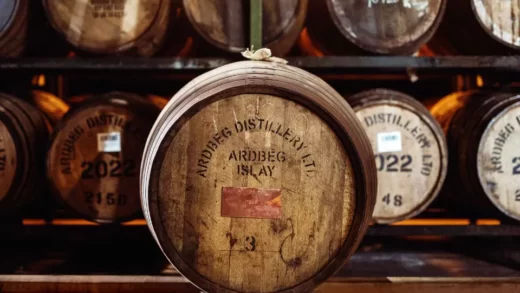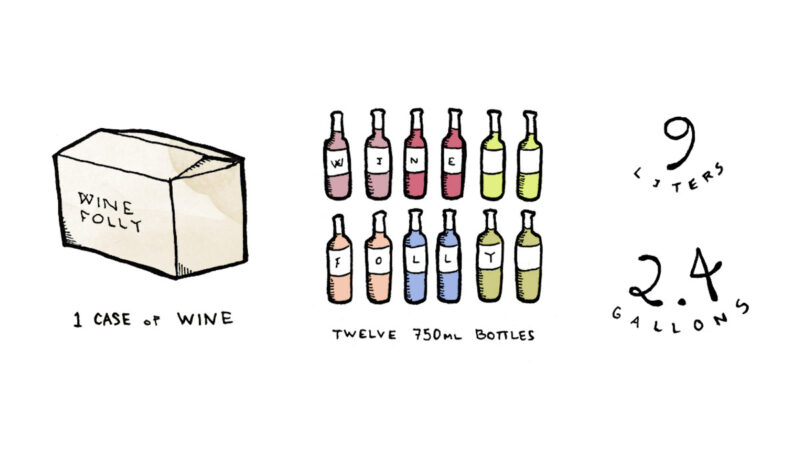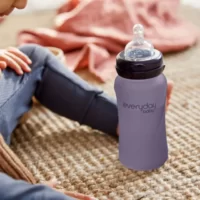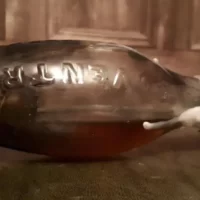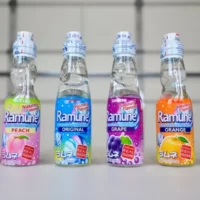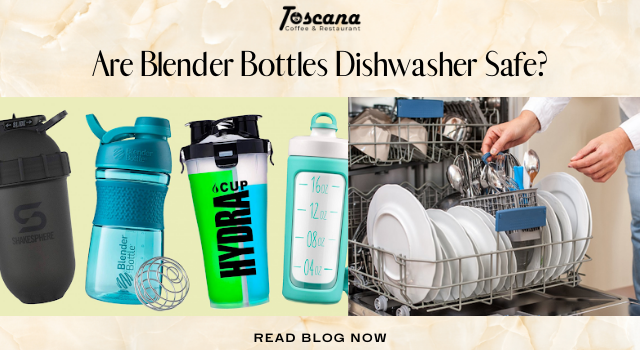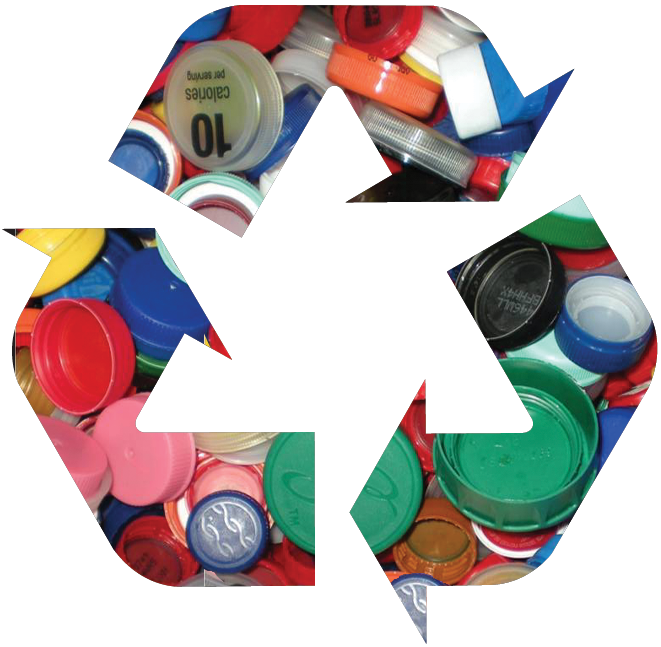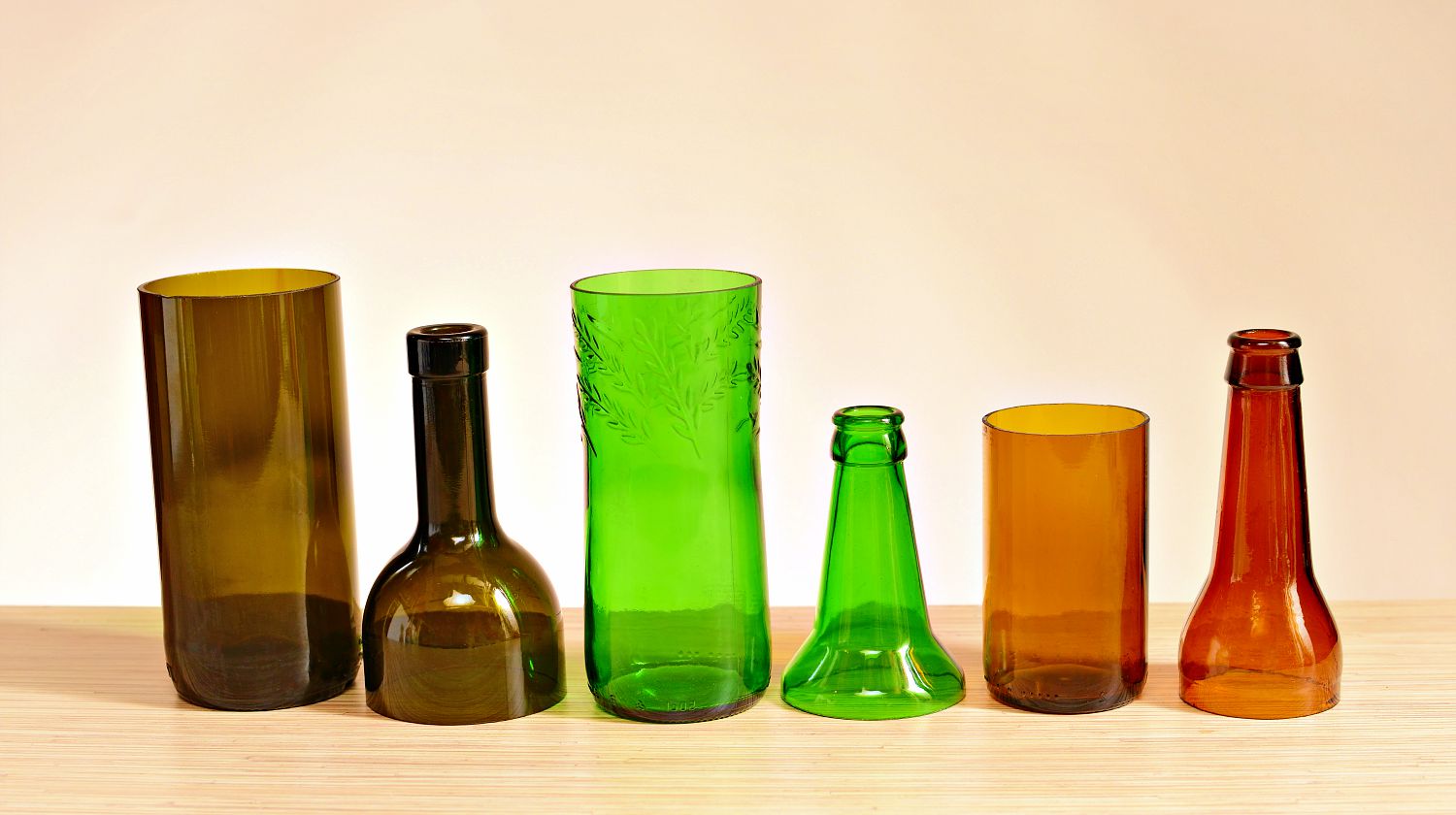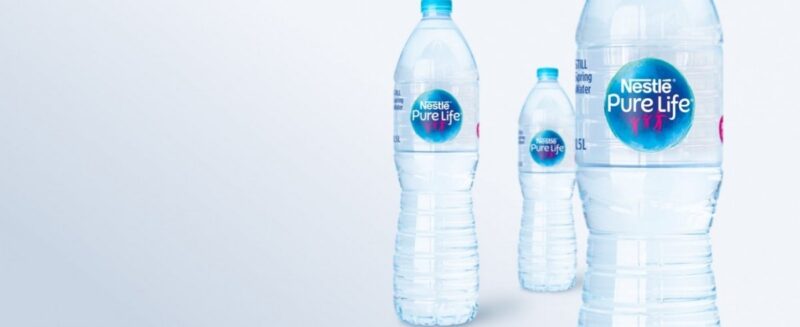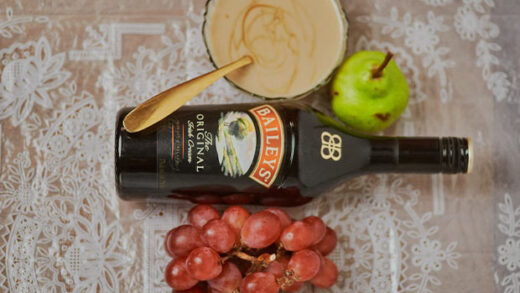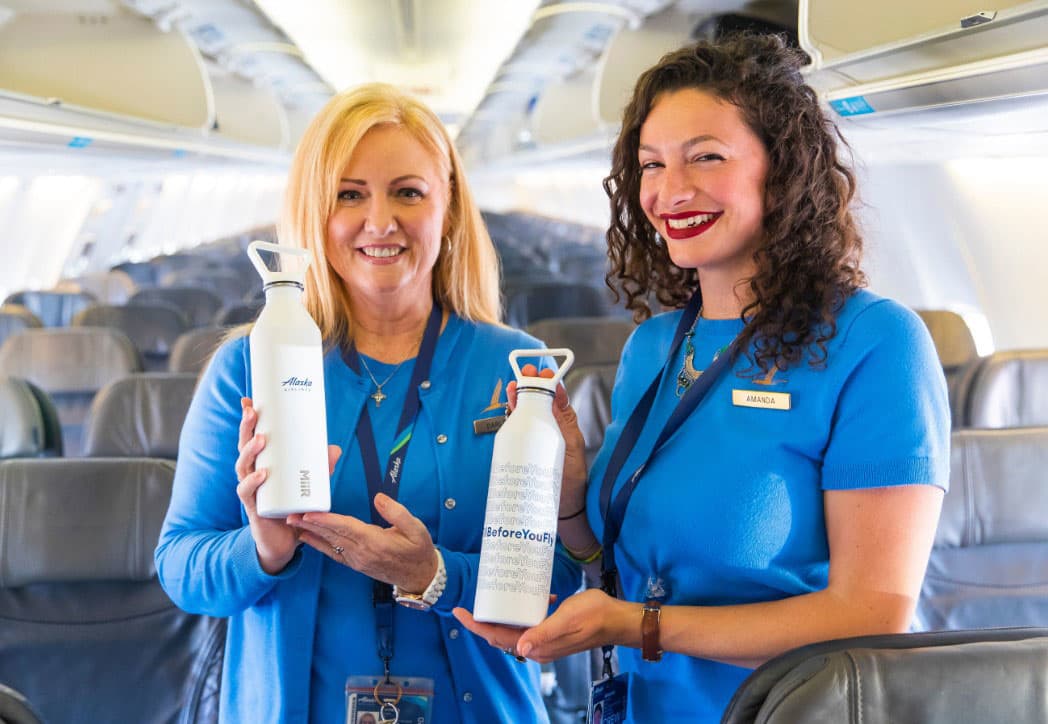Ever find a beer in your cellar or refrigerator but forget when you bought it? Is it dangerous to open a beer whose bottle or can doesn’t carry an expiration date? How long does bottled beer last?
It’s recommended to drink most beers right away. Breweries sell the beer the way they want you to drink it, with the exception of a few sour or powerful beers. It’s best to finish most beers within three to six months. More time than that could lead to the development of off-tastes.
We’ll go through how to store beer, how long it keeps, and what to look out for if you suspect it could be spoiled.
Table of Contents
How Long Does Bottled Beer Last?
Beer in bottles can be stored for up to six months if kept in a cool, dark place like a refrigerator. Warm beer that is kept in bottles can become bad in as little as three months.
Beer bottles should not be exposed to light to avoid the formation of skunky off-tastes.
Light is quite damaging to beer. Hop compounds are photosensitive and become “light struck” when exposed to light. This is what gives food a skunky aftertaste.
Read More: How Long Does a Formula Bottle Last at Room Temperature?
What About Other Beer?
- Canned Beer
The best defense against oxygen and light is a can of beer. The little space between the lid and the beer in a can’s design helps to lower the amount of oxygen there. In addition to the geometry, cans offer complete light protection. Similar to bottles, canned beer should be drunk within six months if kept cold and three months if kept heated.
- Kegged Beer
Beer in kegs should always be kept cool. Don’t be shocked if you find one or two beers that don’t taste right if the establishment keeps its kegs warm.
In general, non-pasteurized kegs will begin to taste unpleasant after 45 to 60 days. The shelf-life for pasteurized kegs is 3 to 4 months, which is a little bit longer.
Beer that is bought in a commercial keg and served with a party pump only keeps for 12 to 24 hours after being tapped. This happens because air is forced in to force the alcohol out, which quickly ages and turns the beer flat.
- Growlers
Growlers are frequently filled directly from taps at bars, brewpubs, and breweries so you may enjoy a fresh beer in the comfort of your own home. This beer should only be consumed right away. The beer is filled with a lot of oxygen unless a special filling machine is utilized. As a result, the flavor of the beer quickly degrades. A growler or crawler should be consumed within 36 hours following filling.
Does Bottled Beer Go Bad?
Yes, beer in bottles does expire. Both light and dark bottles will eventually expire, although at various rates. Light exposure can cause bottles that are clear or lighter in color to turn “skunky.” All beer eventually oxidizes in a similar way, but these bottles are more prone and will oxidize quickly. Darker bottles will keep their contents for a lot longer, but they should still be chilled or kept in a cool wine cellar. If you do choose to acquire lighter bottles that are getting close to their expiration date, you should consider happy hour themes and beverages that feature beer in order to get rid of it and buy some longer-lasting bottles.
How Can You Spot A Bad Beer?
The best before date is typically printed on the can, bottle, or case of a beer. Breweries are legally required in some areas to disclose their expiration date. Nowadays, the majority of craft breweries post a “Enjoy By” date that should, if at all feasible, be heeded. The brewers advise consumers to consume their product by this date. Never appraise a beer before pouring it into a glass; instead, always look at the best-before date.
An old beer will appear darker in pale beer styles. Malt and hops will taste stale and cardboard-like due to oxidative effects. IPAs and American pale ales, which are particularly hop-forward beers, can quickly and visibly experience the effects of oxidation. Old hop-flavored beer will have almost completely lost its flavor and changed color to a brownish, even purple hue.
Although they are safe to consume, these beers won’t taste or look exactly like the brewery planned.
Beer shouldn’t taste sour or vinegar-like unless it’s been purposefully made to be acidic, like sour beer. This isn’t a characteristic of aged beer typically. There are wild bacteria in the beer, so it should not drunk.
A faulty seal on the can or bottle is indicated if the beer has completely lost all carbonation. Beer in this situation should be thrown away because the airtight seal was broken.
Which Beer Storage Method Is Best?
Most of the time, beer should be kept in the refrigerator between the temperatures of 35°F to 46°F.
It’s preferable to keep beer in a cellar at 52° to 55°F to allow it to age. The aging process will be delayed but not entirely prevented at this temperature.
Tips to Store Beer
As I’ve already stated, a dark, chilly location like a pantry, cellar, or refrigerator is the best place to keep the unopened beer. You should only store it in the refrigerator after opening it.
- Keep beer in the pantry.
Beer’s main enemy is light, thus you need to store it away from bright areas. In actuality, the hops that give beer its distinctive flavor are delicate to bright sunlight. Any exposure will cause a chemical reaction, which will eventually give off a skunky taste.
Maintaining beer in kegs, casks, and cans that block UV radiation is the best approach. Green and transparent bottles provide the least protection, whereas brown bottles are the second choice. For the beer to turn skunky, just put it in direct sunshine for 10 or 20 minutes in a clear glass bottle.
- Keep beer in the cellar.
Regarding beer, the high temperature is a serious issue. Over time, keeping it in a warm environment will change how it tastes. The cellar is a great place to preserve the beer for a long time because it typically has temperatures between 50 and 55 F (10 and 13 C). Although it won’t completely reverse the aging process, it will slow it down.
- Keep beer in the fridge.
Most of the time, keeping beer in the fridge is your best bet, especially if you reside in a warm area. The aging process will be slowed by maintaining it between 35 and 46 F (1.7 to 7.8 C). Because they help to reach the right temperature and best UV protection for getting a delicious beer, put cans and closed bottles in a refrigerator.
Just remember to always store your beer in upright cans and bottles. By keeping the least amount of beer’s surface area in contact with the air, you can avoid needless oxidation. That will prevent cap contamination and slow down its aging process.
- Keep beer in the freezer.
In essence, you can’t store beer this way for an extended period of time, but it is simple to quickly chill it when you need it for a party. The issue is that after a few hours, increased pressure in the bottle forces the lid off. The worst-case scenario is that you’ll be trapped by broken glass.
The cause is that alcohol freezes at a lower temperature than pure water. Additionally, beer contains sugar, which decreases the freezing point of this brew. In the end, the ice crystals from a frozen beer will result in a beer with a bit of a flaky consistency and a lot of alcohol.
- Keep beer in the fridge.
Most of the time, keeping beer in the fridge is your best bet, especially if you reside in a warm area. The aging process will be slowed by maintaining it between 35 and 46 F (1.7 to 7.8 C). Because they help to reach the right temperature and best UV protection for getting a delicious beer, put cans and closed bottles in a refrigerator.
Just remember to always store your beer in upright cans and bottles. By keeping the least amount of beer’s surface area in contact with the air, you can avoid needless oxidation. That will prevent cap contamination and slow down its aging process.
The Dangers of Drinking A Bad Beer
There are no reliable sources that definitively state if consuming subpar beer can be unhealthy. Typically, you won’t feel nauseous; instead, you’ll just have a terrible taste in your mouth.
It offers a good defense against dangerous germs because it is a fermented beverage with a low pH that also contains alcohol.
A producer using soiled and contaminated equipment in a brewery is the lone exception. In that instance, contaminants and potentially harmful microbes will be transmitted to the beer, making it unpleasant to drink.
Additionally, you should exercise caution when drinking expired unpasteurized beer. Throwing it away is always preferable to drinking it and running the chance of an inconvenience.
The Bottle Line
Fresh beer is always delicious. That does not imply that you must consume the entire 24-pack within a week. Beer keeps well in storage for a long period. A beer aging experiment is always enjoyable.
If you follow the advice given above, you ought to always have enough delicious, fresh beer in your refrigerator.

